Case - Darlington Nuclear Refurbishment
Quick facts about the Darlington Nuclear Generating Station:
Owned by the Ontario Power Generation (OPG)
Has 4 nuclear reactors with a total capacity of 3500 MW
Generates 20% of Ontario’s energy (2015)
Sucks in the equivalent of an Olympic-sized swimming pool every 15 seconds
Releases wastewater containing chlorine and tritium (among other things) back into Lake Ontario
Estimated to kill over 250,000 fish and 7,000,000 fish eggs and larvae per year
If you live in Ontario, there’s a good chance some of your electricity comes from the Darlington power plant. Built in 1990, the Darlington Nuclear Generating Station (DNGS) is located 70 km east of Toronto.
DNGS currently operates with an outdated once-through cooling system (called the “Condenser Cooling Water System”). This concerns Waterkeeper for 3 reasons.
Fish kills: Millions of fish of all life stages are killed each year from Darlington’s cooling system alone.
Contaminant runoff: Chemicals used in Darlington’s cooling system are discharged into Lake Ontario, including chlorine and tritium. When contaminant levels exceed Provincial Water Quality Objectives standards, aquatic life is also at risk.
Thermal plumes: Water used for cooling the reactors is heated. Although the Darlington plant attempts to minimize its thermal footprint, research shows that Darlington’s thermal pollution located near the plant lowers the survival rate of round whitefish embryos.
In 2011, Ontario Power Generation (OPG) kick-started a formal process to refurbish the power plant. This midlife tune-up will require a significant financial investment in the plant, as well as approval from the Canadian Nuclear Safety Commission.
During the Environmental Assessment process, Waterkeeper advised OPG and the CNSC to close the cooling water loop. This upgrade would reduce fish kills by up to 95%, help prevent contaminates from entering the lake, and help prevent thermal plumes.
OPG and the federal government did not agree to modernize the system.
Lake Ontario Waterkeeper, the Canadian Environmental Law Association, Greenpeace, and Northwatch filed a lawsuit in federal court in April 2013, challenging the adequacy of the environmental assessment. The Federal Court dismissed our application but we are now appealing to the Federal Court of Appeal. Waterkeeper is represented by CELA and Ecojustice in the appeal.
Meanwhile, the licensing process has begun.
On December 13, 2013, OPG asked the Canadian Nuclear Safety Commission for a 13-year license for the plant. Waterkeeper is participating in the relicensing process, which takes place August - November, 2015. Our goal is to ensure the plant does not threaten the water quality, drinking water, fish, or wildlife on Lake Ontario.
In November 2015, Lake Ontario Waterkeeper was one of 79 intervenors who presented to the CNSC at the Darlington Relicensing Day 2 Hearing in Courtice, Ontario. (See Lake Ontario Waterkeeper's presentation here.)
In April 2016, the Federal Court of Appeal finalized their decision and found the lack of public review of severe accidents and long term storage of nuclear waste is lawful if the nuclear regulator says so. Lake Ontario Waterkeeper, Northwatch, Canadian Environmental Law Association and Greenpeace are currently reviewing the decision to determine if further action will be taken.
Subscribe to our newsletter to receive updates on the case.
Support Waterkeeper's work to protect fish and habitat on Lake Ontario.
